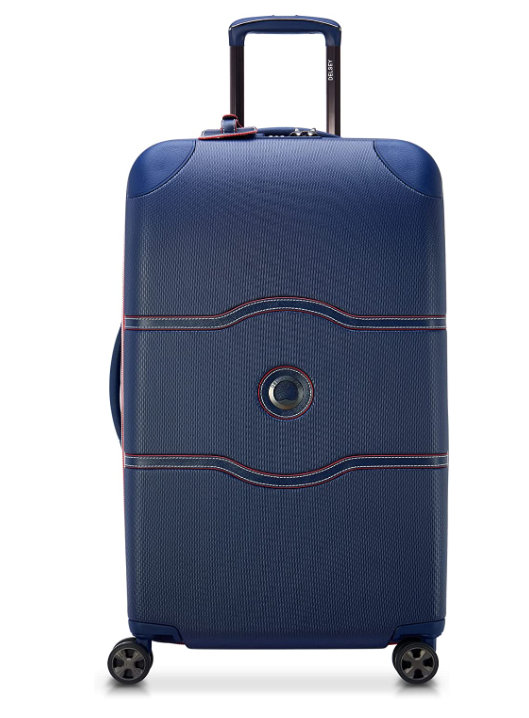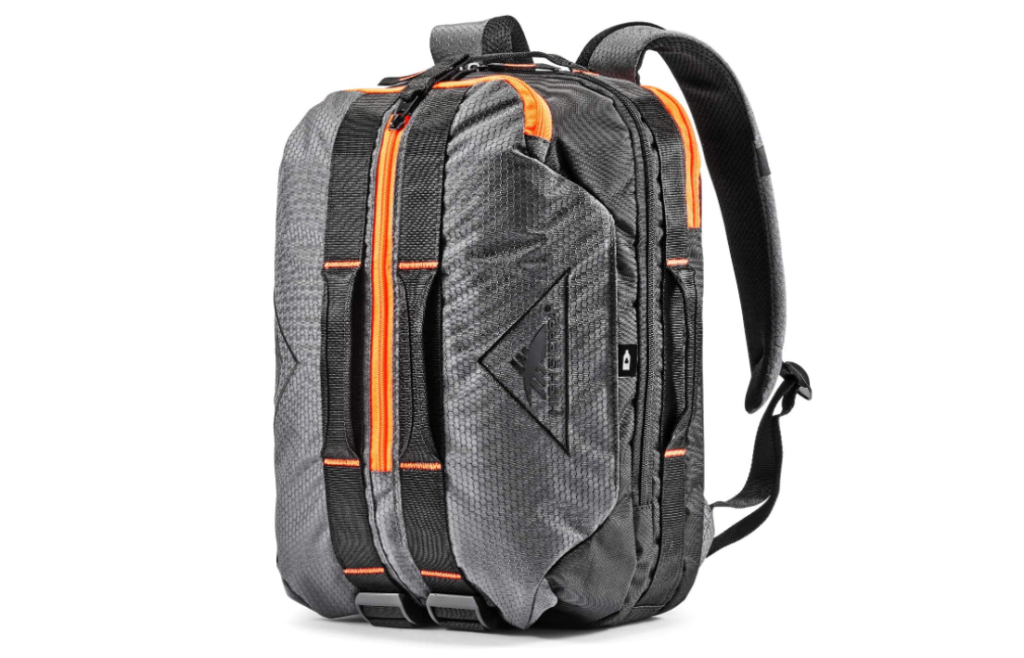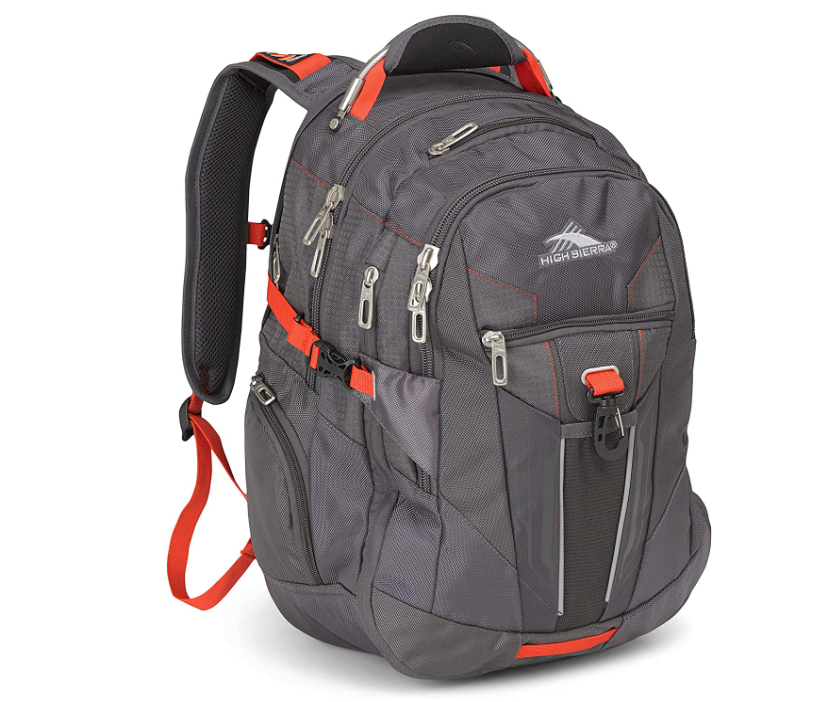Editorial feature about ESL in Vietnam.
The comments below were written by Marty Hoare who is a moderator of the Facebook group FETV
( Foreign English Teachers in Vietnam)
The opinions stated are not necessarily the opinions of Vietnam ESL.
However, it is good to look at the perspectives of those that have been involved in the Vietnamese Education sector for a considerable time.
For the sake of speed of readability some small parts have been edited, all with the OK of the Author.
With no further ado, let’s jump in.
A Quagmire of Disappointment |Marty Hoare, Vietnam, April 2021.

It is a sector inhabited by unprincipled operators ravenous with an appetite for effortless financial gain. Expectant students (funded mostly by ill-informed parents) are more often than not the casualty of this habitually disreputable industry.
Although the sector also has its genuine actors, the entire industry is saturated, swamped if you will, in a quagmire of distasteful players.
Background
With a growing population of approximately 100 million people, Vietnam is often referred to as the next Tiger Economy. This Tiger Economy mantra has been harmonized since the mid-1980s and continues to be vocalized through to the present day. Even with the arrival of Covid-19 early in 2020,
Vietnam’s songs of advancement continue to be heard loudly across the globe. Yet, due to the flood of questionable press, sponsored economic reports, and expensive consultancy hyperbole, the realities of Vietnam’s rapid expansion into the 21st century make the reality of the exact state of affairs in Vietnam anyone’s guess.
The ESL Industry
Much like the ESL industry in Vietnam, authenticity in this part of the world is often masked behind a veil of duplicity.
In spite of this, there is no arguing that Vietnam has seemingly progressed from a mostly agrarian insular society to one of a developing nation rhetorically unified under one flag.
Of its 100 million people and after 4 decades of growth, it is understood that 70% are rural dwellers with the remaining 30% spread across 2 major cities.
These now mega-cities heaving under the pressure of inadequate infrastructure, mass overcrowding, increasing pollution, and ever-present corruption include Ho Chi Minh City and its capital Hanoi, with the central coastal city of Danang rapidly becoming a significant regional entity.
It is also understood that in the order of 30% of Vietnam’s 100 million people are under the age of 24, often referred to as the next generation. With these numbers is it any wonder that the ESL industry in this part of the world is thriving?
English Language Education in Vietnam.

English is a compulsory subject from 3rd grade onwards. Students in Government schools are mostly taught by under-qualified Vietnamese English teachers with little English proficiency skills.
The external English language center business (also flooded with unqualified and ill experienced teachers), accounts for a large number of foreign teachers.
But literally hundreds of thousands of poorly equipped Vietnamese teachers using archaic methods of grammar exercises, often reproduced from outdated and poorly photocopied texts, and vocabulary cramming, present to scores of disenchanted students.
Public classrooms across Vietnam are stretched to breaking point under the weight of 40, 50, and even 60 or more students in each classroom.
After Class Teaching
Due to the lack of quality education delivered in classrooms across Vietnam, many parents send their children to after-school classes, commonly referred to in Vietnam as Extra Classes.
These are little more than an opportunity for Vietnamese teachers to earn additional lucrative cash income, these extra classes have little to no impact on student outcomes as many of those delivering the content are less than qualified to do so.
It is a vicious cycle and one that appears not to be slowing down. In Vietnam’s latest national high school exam results the average English score was lowest among nine subjects.
Core Results
Recognizing that English language proficiency is a crucial component to the advancement of a Tiger Economy, the National Foreign Language 2020 Project was launched back in 2008
The project attracted considerable negative public attention and feedback from those concerned; no more so than from the then and recently re-elected Minister of Education and Training, Mr. Phung Xuan Nha who in November 2016 admitted that “the National Foreign Language Project 2020 had failed”.
Lack of Qualified Teachers.
In Vietnam, there are around 8 million elementary students, 5 million lower-secondary students, and 2 million upper-secondary students enrolled in little over 15,000 primary schools, 10,000 lower-secondary schools, 2,400 upper-secondary schools, and almost 1000 mixed schools.
It’s unclear how many Vietnamese teachers there are to attend to such a large number of students. In Vietnam, however, it is estimated that there are about 260,000 instructors at the tertiary level.
In 2008 Harvard researchers Valley and Wilkinson described the Vietnamese education system as “being in a state of crisis. As we end the first half of 2021, and after many millions of dollars have been gobbled up by the system, this state of crisis remains.
A Corrupt Sector.
Vietnams corruption is well-known. In their Global Corruption Perceptions Index released in 2020, Transparency International classified Vietnam as the 36th most corrupt country out of 179 countries.
After the police, Transparency International ranked education as the second most corrupt industry in Vietnam.
If you want to see how Vietnam or your country is ranked click on the link above.
Bribery is frequent in order to gain university admission or improve grades. Bribing teachers and school administrators is also a frequent practice among parents.
A top government employee was recently proven to be a prominent culprit in the altering and falsification of exam candidates’ answer sheets in national high school examinations in a highly publicized case.
An example of this can be read about in The Vietnamese online Newspaper, Vietnam Insider.
Plagiarism in higher education, the fraudulent acquisition of academic degrees, distorted budget estimates, and the leakage of cash from public procurement initiatives, such as the National Foreign Language Project 2020, are all issues that have been widely highlighted.
Two Sides to a Story
Here we are faced with a dichotomy of judgment. On the one avaricious hand, we have Vietnamese English teachers arguing that it is their system that has failed them and their students, while on the other equally cash adoring hand we have the authorities who would have us believe that it is their teachers who are contributing to the cesspit of sludge that is Vietnam’s education sector.
As the authorities clearly stated in their Vietnam Education and Training Development Strategy, “all levels have not caught up with the reality of education and training development as people are influenced by their own personal benefits”.
Failing Proficiency levels.
Entering an IELTS exam prepared in surreptitious harmony by the Hanoi University and the British Council at the IELTS examination center exposed the inadequacies of the system.
The course students (teachers) were streamed into levels 1 to 3 depending on their band score and were introduced to the formalities of sitting, what instructors understood to be, an authentic IELTS exam.
On completion of the course. It quickly became apparent that the Vietnamese teachers’ English proficiency across the board was far below not only the official IELTS assessment criterion. It became apparent that the English Proficiency Index 2020 report entrance scores were extremely liberal.
Putting aside the blatantly obvious overzealous entrance results, over the first 7 weeks of the course instructors worked painstakingly to prepare their underprepared students for round 1 of their first of two-practice simulated IELTS exams. The outcome of the initial exam proved to be disturbing.
Students that entered the course with a certain IELTS band level were found to be at a considerably lower level. Listening and reading skills were distressingly low with writing skills taking a close second.
Although most students could navigate an English-speaking country as a tourist, engage in small talk with colleagues, and understand simple emails, they could not indulge in an in-depth discussion with native English speakers.
The scene was set for a catastrophic outcome, not to mention a tremendous challenge for instructors that continue to this day.
Candidate Feedback
The majority of the candidates indicated unequivocally that the academic aspect of the IELTS preparation course and the exam was not needed to practice their profession.
The majority of students stated that they would have preferred to be taught modern pedagogical practice with an emphasis on vocabulary and speaking skills.
It’s debatable whether or not their allegations are justified. However, it was painfully evident, based on previous experience, that the course was beyond their skills.
The unpleasant realities of a general lack of competence were exposed but ignored. The awareness that their system had failed them once more, combined with the unpleasant truth about the waste of vital financial resources, resulted in an even more negative attitude.
Vietnamese English teachers who finished the IELTS preparation course went to the Hanoi University IELTS training center to take the official IELTS exam. What the result of that was, is anybody’s guess.
The Cost of Education
In Vietnam, basic schooling is quite expensive. There are simply too many forms of school fees and contributions.
Additional school fees include enrollment and tuition, construction and repair, purchasing equipment, class fund, textbooks and stationery, uniforms, canteen, parking fees, supplementary classes at school, extra classes outside of school, insurance, parents’ association funds, and gifts and “envelopes” for teachers.
These are among the 15 major groups of fees identified by the HIDE Survey 2013.
School Problems
Schools are under-resourced, and instructors are underpaid. Parents pay construction and maintenance fees to fund school capital expenditures that are frequently diverted to other purposes.
Teachers collect a variety of donations that are far from little, with collection tactics that frequently border on harassment.
Furthermore, it is typical for instructors to make their talents and time accessible to families in exchange for monetary compensation.
As a result, these additional classes are rapidly expanding, allowing an increasing number of students to believe they have achieved higher academic levels.
Supplementary classes.
Supplementary lessons appear to be a mechanism for families to compensate for what they perceive to be instructional flaws and poor educational quality. Extra classes are frequently little more than a way for hungry teachers in collusion with even more rapacious school officials to request additional funds.
A Lucrative Business
The education market in Vietnam is tremendously lucrative. This trend is consistent with education being regarded as the second-most attractive sector in Vietnam, with two main factors driving this growth.
- The first is the growing number of middle-income earners in Vietnam.
- And the second is the failure of public school enrollment to keep pace with population growth.
Furthermore, parents want to provide their children with more soft skills that are not available in public institutions, and the private sector is filling the gap.
Martins Opinion
“This sludge pit will only become worse, with students being the hardest hit by these shady practices
Pigs get fat and Hogs get slaughtered is a well-known phrase that can only be used to describe this industry.
The pigs have been fattened by the cesspool of muck that is the Vietnamese school system, and if allowed unchecked, the hogs will continue to be slaughtered.”
Author: Martin P Hoare B.A., B. Teach
I speak from the position of a mature-age professional educator having had many years of involvement in the global English language sector of which 13 have been spent in South East Asia.
To read the full version of the edited article please go to the FETV Facebook group and read Martins article.
Click below for privacy Policy


























































